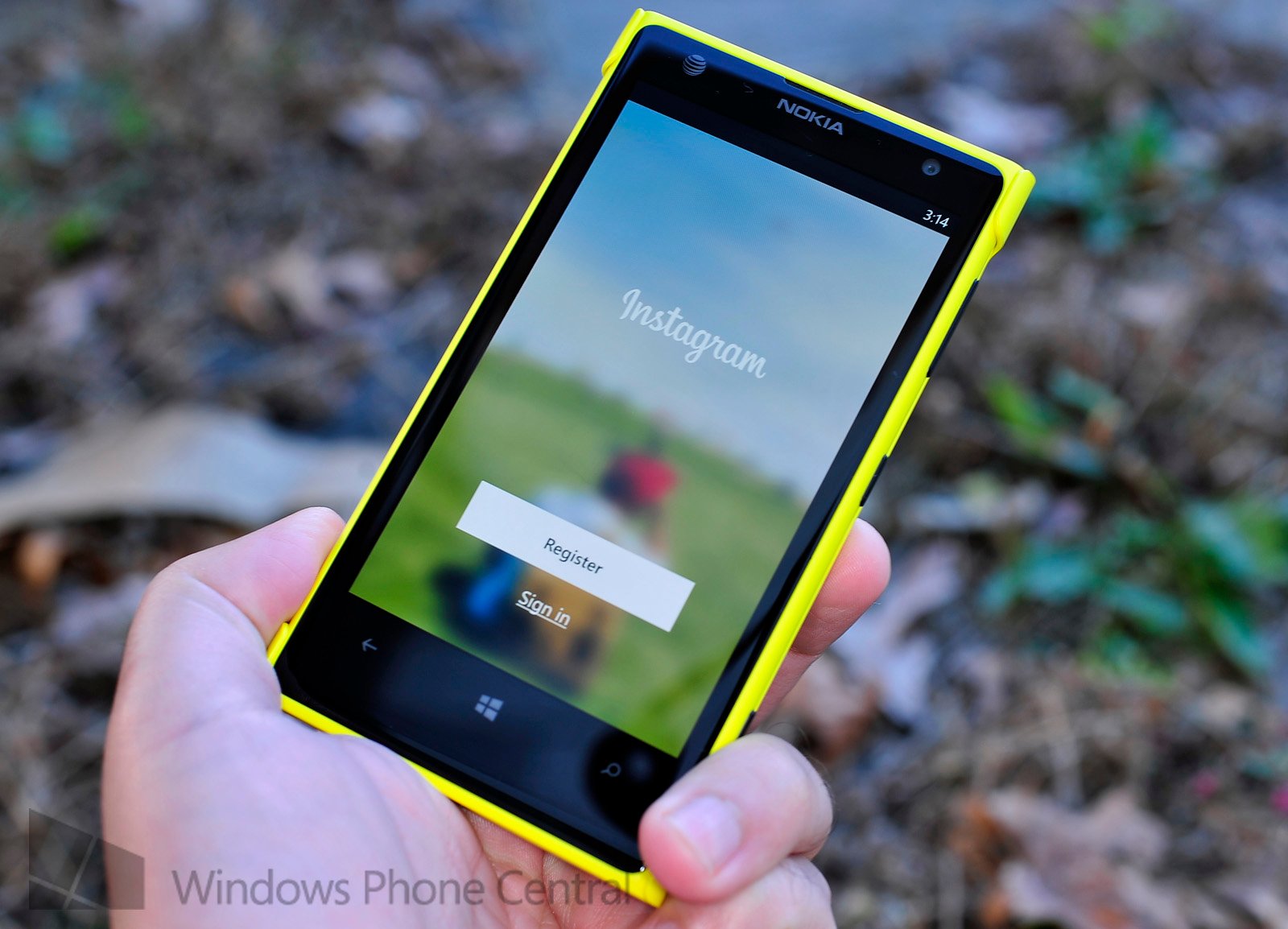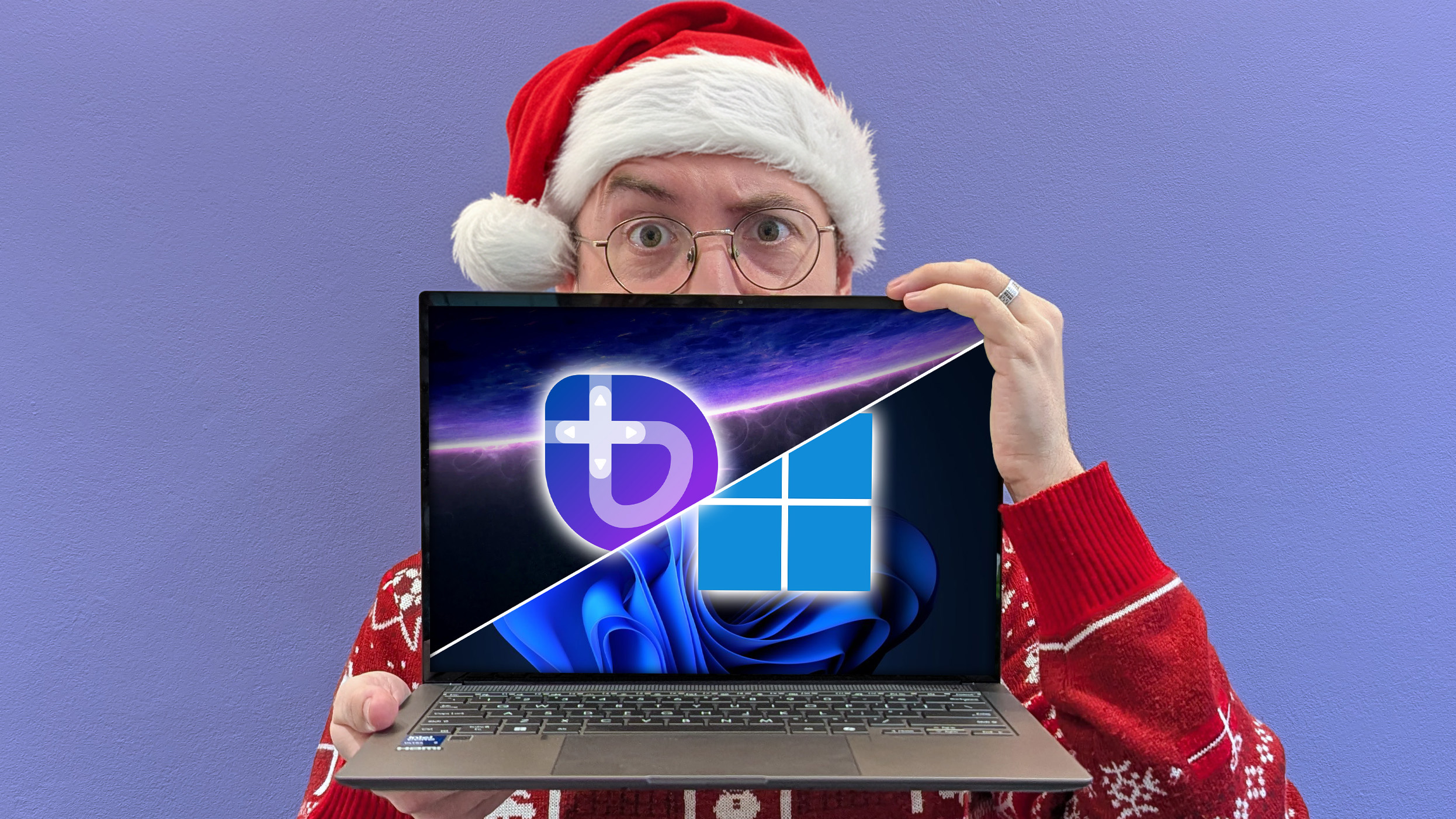Microsoft says Windows Phone has hit 'critical mass' with latest app push
Has Windows Phone finally come of age? Microsoft emphatically says 'yes'

With today’s announcement that Instagram has arrived for Windows Phone along with Waze (Mint and Xbox Video are still “coming soon”), Windows Phone as an operating system has finally reached a significant turning point. At least according to Microsoft.
We recently sat down with Todd Brix, General Manager, Windows Apps and Store at Microsoft, who walked us through some of the recent accomplishments. Brix and Microsoft are claiming that with the recent spate of app releases, a “critical mass” has finally pushed Windows Phone into the big leagues. Windows Phone now has parity on most of the top download apps found on iOS and Android with an “85% overlap” in top-25 titles, according to the company.
Microsoft always knew that when they launched Windows Phone three years ago that they were behind the competition. However, they sought to compete on quality and not just quantity, knowing that someday, they would reach that goal. That achievement, according to them, has been reached this month, culminating with today’s release of Instagram—the number one searched for app on Windows Phone. Brix claims not only is Instagram a real achievement, but symbolic one for the platform too. Same goes for Vine, which launched just last week.

Is Instagram the turning point?
Brix and his team were excited to share numerous stats about the Store, including how Windows Phone apps, on average, are rated higher than their iOS top-50 app counterparts. Indeed, the average Windows Phone app rating overall has increased from 3.6 to 3.8 over the last year, signifying the renewed focus on design and quality. Some of that success is due to partners like Nokia, who have been not only aggressive in courting developers, but have lent assistance in terms of design and promotion for those apps with their DVLUP program. While other hit apps and games come from the successful AppCampus, a joint venture between Microsoft, Nokia and Aalto University.
As an ecosystem, Windows Phone has been a sore spot for many, especially critics and would-be customers. The Windows Phone Store though seems to be riding through the storm, accumulating nearly 10 million app downloads a day, with users sporting an average of 65 apps on their phones (up from 42 a year ago). Combined with consistent design principals and exclusive features like Lens support and multiple Live Tiles, Microsoft have made some significant strides for their app offering. In fact, Microsoft claims that if developers add a double-wide Tile to their app, they see an average of 0.7 rating increase from that one, little change. That not may seem like much, but in reality it’s a noteworthy increase for such a simple, minor code change.
The Windows Phone platform does have some significant advantages over its competitors, including overlapping libraries for coding between Windows 8 and Windows Phone, making coding easier for both platforms. That’s becoming more and more common these days, something that will increase as both platforms merge in the future. Likewise, Microsoft has embraced carrier billing, allowing those without credit cards to purchase apps, notching 2x as many carrier billing deals over Android and surpassing Apple. That’s not a big deal for those in the West, but in emerging markets, it’s massive. And it’s in those markets that we see the most growth for Windows Phone these days.
All the latest news, reviews, and guides for Windows and Xbox diehards.

Slide & figures courtesy of Microsoft
Official apps launching on Windows Phone first is also becoming more common, especially in high growth markets like India. Recently, the official Indian Railways company (IRCTC) launched their first ever mobile app on Windows Phone first, beating out iOS and Android. Likewise for the movie-tie in game Dhoom 3. The IRCTC app was the second most popular app for Windows Phone for the second half of 2013—it’s nothing inconsequential for the platform.
Ultimately, Brix sees Windows Phone finally turning the corner with a renewed vigor this holiday season. Microsoft has their new Gift Card program, where they’ve invested $100 million to increase apps sales, new headline grabbing hardware like the Lumia 1520, and nearly all the top apps users demand these days. Will it be enough? Perhaps not, but Microsoft has always said this was a marathon and not a sprint. Today, they inched up just a big closer to the competition.

Daniel Rubino is the Editor-in-chief of Windows Central. He is also the head reviewer, podcast co-host, and analyst. He has been covering Microsoft since 2007 when this site was called WMExperts (and later Windows Phone Central). His interests include Windows, laptops, next-gen computing, and wearable tech. He has reviewed laptops for over 10 years and is particularly fond of 2-in-1 convertibles, Arm64 processors, new form factors, and thin-and-light PCs. Before all this tech stuff, he worked on a Ph.D. in linguistics, performed polysomnographs in NYC, and was a motion-picture operator for 17 years.
